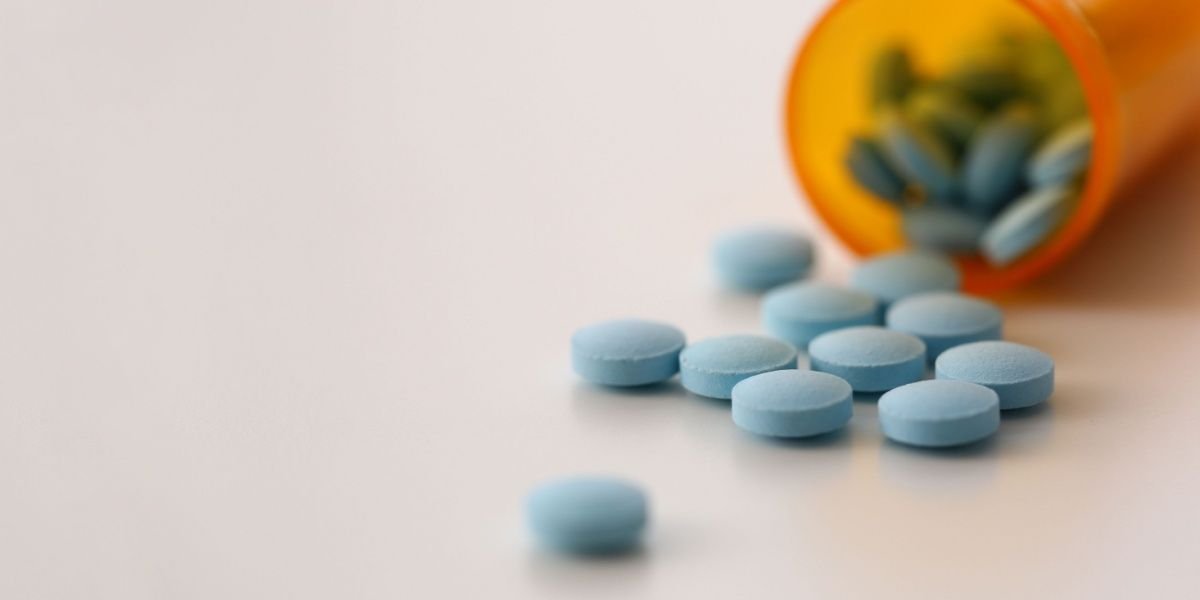Snorting is a popular method of consuming drugs. Associated with cocaine use, insufflation (the medical term for snorting) is also employed by users of opioids and other prescription pills, methamphetamine, ketamine, and MDMA. It delivers a more immediate and intense hit but comes at the risk of serious damage to the nasal cavity.
.png?v=1722513518)
Why do people snort drugs?
People snort drugs to get a more immediate, intense high, and because it’s more convenient than injecting.
When you ingest a substance, you have to wait until it’s absorbed through the digestive system, metabolized by the liver, and then enters the bloodstream—a process that can take 30 minutes to an hour, or longer if you have a full stomach.
On the other hand, if you inhale a substance through your nose, it’s absorbed through the nasal membrane and enters the bloodstream quickly. It also enters the bloodstream close to the brain so it produces effects immediately. This results in a fast, powerful high, taking effect in as little as five to ten minutes.
Traditionally, cocaine is the drug most commonly associated with snorting as a means of administration. However, substance users also snort other substances like opioids, crushing up prescription pills into a fine powder that can be inhaled.
Meth, ketamine, MDMA, benzodiazepines, ADHD medication, and synthetic cathinones (also known as bath salts) are also sometimes snorted.
Risk of snorting drugs
Snorting is a risky way to consume drugs, associated with several health conditions, including:[1][2][3][4]
- Anosmia (loss of sense of smell)
- Cuts in the inner lining of the nose
- Nosebleeds
- Chronic rhinitis (inflammation of the nose)
- Persistent runny nose
- Nasal and sinus infections
- Post nasal drip
- Nasal obstruction
- Nasal whistling
- Snoring
- Nasal crusting
- Foul-smelling nasal odors
- Difficulty with swallowing
- Hoarse voice
- Bad breath
- Damage to the nasal cavity, sometimes leading to perforation and collapse of the septum
- Increased risk of HIV and hepatitis C transmission through blood coming from cuts in the nose, especially if you’re sharing rolled-up notes or straws or other implements for snorting
Nasal damage from snorting drugs
Snorting cocaine has been known to cause damage to the nasal septum (the cartilage between the nostrils), including its complete perforation.[5] In extreme cases, the septum can completely come away, leading to a collapse of the outside of the nose and a deformity known as “saddle nose.”[4] Additionally, a hole can develop in the upper palate that separates the roof of the mouth and nose.[3]
Cocaine is so destructive to the nose because it’s a powerful vasoconstrictor, which reduces blood flow into an area. In chronic cocaine use, there’s a persistent lack of oxygen in nasal issues, causing cell death and necrosis.[3]
The nose and its mucous membranes are further damaged by chemical and mechanical irritation from the drug and cutting agents such as talcum powder. Finally, the patient may try to scrape away intranasal crusts with their fingers or other instruments. The anesthetic effect of the cocaine allows them to be rough and cause further damage to the nose.[6]
Nasal damage has also occasionally been linked to snorting methamphetamine, heroin, and opioids, especially oxycodone (OxyContin and Percocet).[7][8][9][10]
Can nasal damage from snorting drugs be fixed?
Reconstructive surgery can correct some cases of drug-induced nasal damage to reduce symptoms and restore a normal appearance. However, surgeons will typically only undertake these reconstructive surgeries on patients who are abstinent from drugs.
In some cases, the nasal damage is permanent and can only be ameliorated and not fixed.

-blog-detail.jpg?v=1722513275)
-blog-detail.jpg?v=1722513210)
